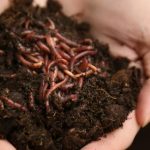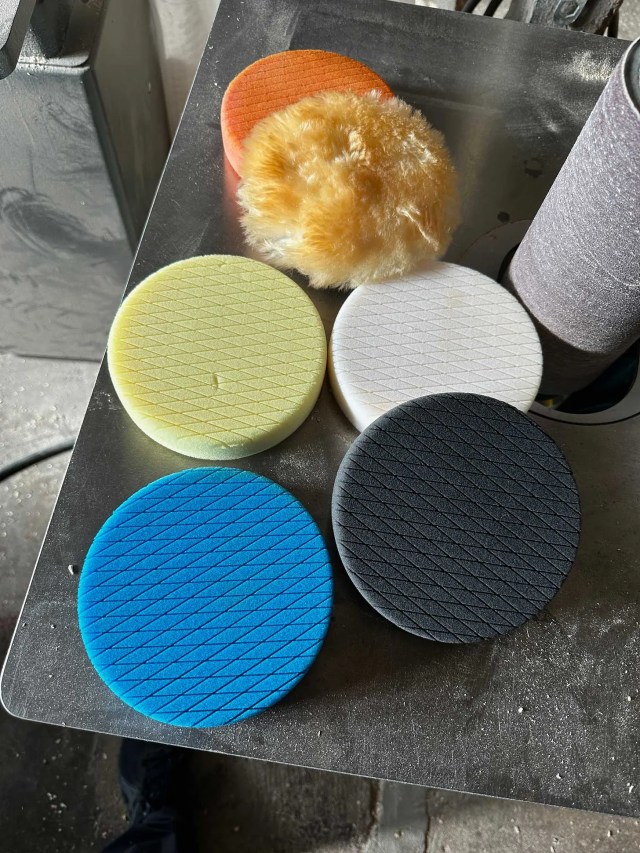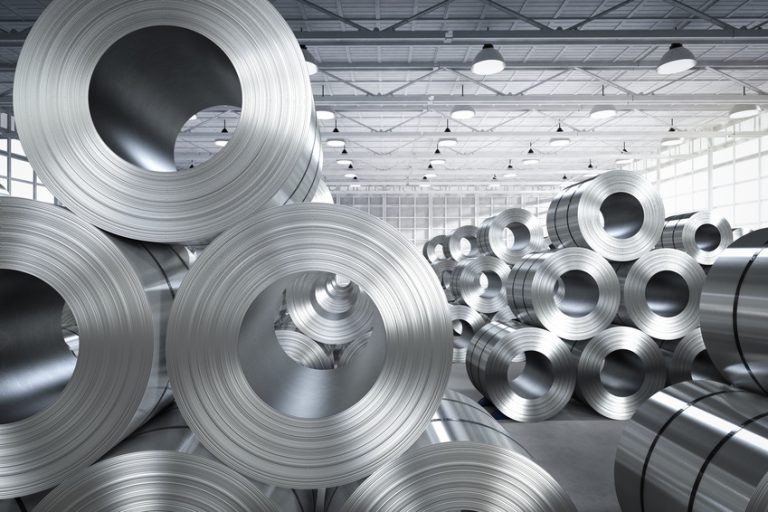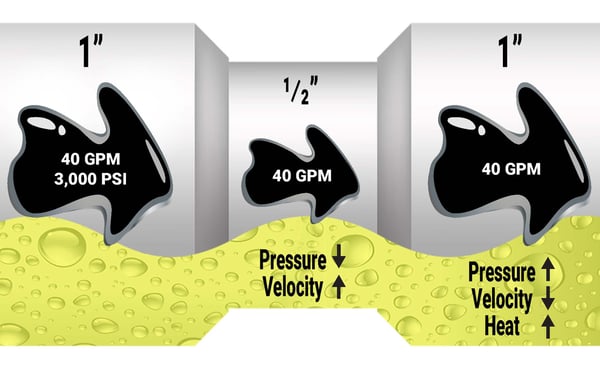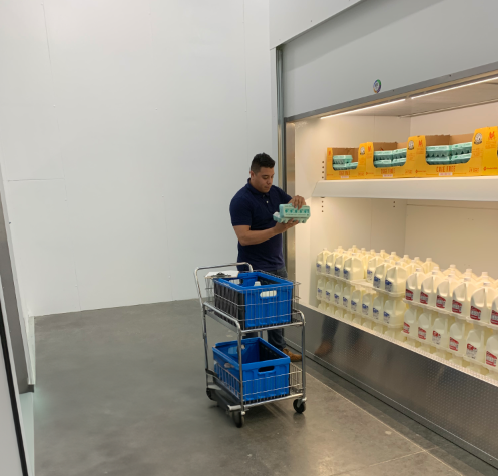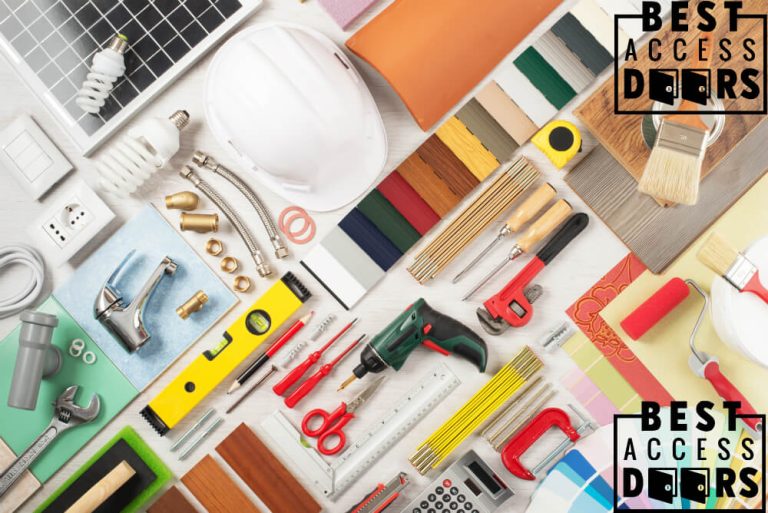How To Recycle at Home
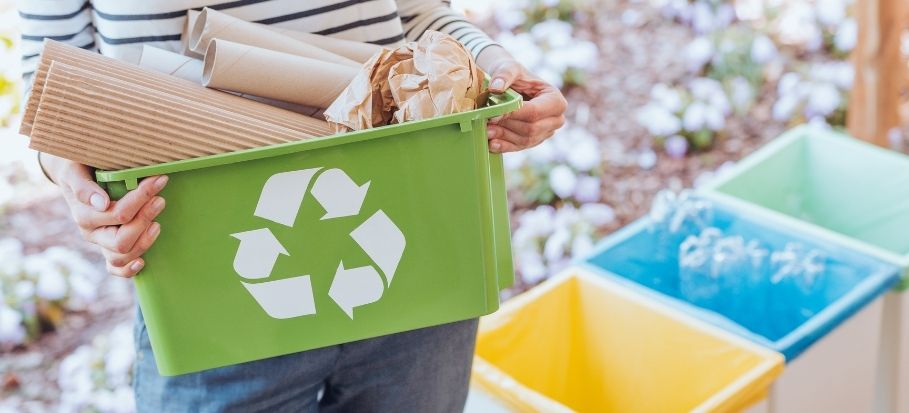
Recycling at home is simple and it can even be fun. It doesn’t matter if you live by yourself, with your partner, roommate/s, or with your family. Every household can become a little bit more sustainable through recycling. All it takes is some knowledge, awareness, and just a few simple modifications to your domestic waste management habits. Just follow our recycling guide.
So, if you are somebody who is:
- enthusiastic about recycling and wants to start right away
- determined to make your home more sustainable
- aware that pollution and global warming are serious issues
- willing to spread the message of a more sustainable future
Then this simple guide on how to recycle is a fantastic starting point to your journey towards a more sustainable future. We will get to how to start and what you can do but first, there are few things that you need to know so you can recycle responsibly.
How to make recycling at home easy in 3 simple steps
Let’s take a look at a few actionable steps that can be applied to every household that wants to recycle.
#1. Consider your space
When it comes to recycling at home, space is your best friend. If you have a spacious kitchen, a balcony, or a backyard, then you can easily place extra bins to do your separation.
If you have the extra space, then place dedicated containers for plastic, glass, paper, and cans. Make sure to rinse your bottles with water and follow the guidelines outlined in the previous sections. It will take a longer time for those dedicated containers to fill up. Once a container is full, dispose of the items responsibly in accordance with your local recycling program.
If you do not have enough space, then here is what you can do. Just add one extra container where you will put all the plastic, glass, and cans. As paper and cardboard can be bulky, maybe just have a dedicated drawer where you can place the flattened items or pick some secluded area in your home where you stack them. When your recycling container is full, take it to the nearest public recycling bins where you can do your separate disposal.
Moreover, if you have a garden or a backyard, you can also easily compost organic waste and use it to help your plants grow. If you live in an apartment, don’t get discouraged – there are various ways you can compost in a flat, too!
#2. Talk to the other members of your household
Consider the people you live with. Tell them that you would like to start recycling and ask them kindly for help and support. Explain to them the waste management system that you will establish and ask them kindly to follow it. It would be great if they are willing to recycle with you but don’t be surprised if you meet some resistance.
In case the other members of your household are not willing to recycle, don’t get angry at them. Change takes time. Instead, lead by example. Just tell them that you will be doing most of the work anyway and ask them not to throw away a garbage bag before you go through it. If you are willing to do that, of course.
Another useful thing that you can do is to place some recycling instructions on the door of your fridge. With time and work on your side, the other members of your household might be willing to change their ways, too.
#3. Minimise waste
Recycling is just one piece of the puzzle. Recycling is a good thing but it is even better if you shift your focus toward minimising waste in the first place. This means that you will have to make further changes to your lifestyle and shopping habits such as having dedicated shopping bags, opting for products that have easily managed packaging (or non at all), figuring out ways to reuse, resell or donate some of the things that you already own.
Minimising waste is something we greatly care about, here at Fantastic Services. “Clean, repair, maintain” is something that can be applied to many household items and furniture. Be it carpet cleaning, sofa cleaning, mattress cleaning, oven cleaning or home repairs, there are ways to keep using the things that we already have. This minimises waste and the rate at which we as a society contribute to landfills.

Make your home more sustainable with Fantastic Services!
The BIG 3 rules of recycling
All the details outlined in the previous sections might be a little too much to handle for some individuals who are just getting familiar with recycling at home. No worries, all you need to do is to introduce them to the BIG 3 rules of recycling as a starting point.
#1. Recycle CLEAN paper, cardboard, cans and bottles.
#2. Liquid and food stay out of your recycling.
#3. No plastic bags and soft plastics.
Do you know how they say that 80% of results come from 20% of the efforts? This is exactly what you will achieve by following these 3 simple rules of recycling. We are focusing on the 3 most important aspects and we are already doing most of the work. After a while, you or the members of your household can revisit the previous sections in order to level up your recycling game.
Oh and, don’t forget about the three R’s principle – reduce, reuse, and recycle.
- Reduce – Choose the things you buy carefully and use with care and awareness to reduce the amount of generated waste.
- Reuse – Make sure that the things you plan to throw away or simply not use anymore, can be used in a different way – whether that be donating, selling or repurposing them.
- Recycle – And of course, do your best to follow the aforementioned steps and recycle. But don’t be too hard on yourself. Change takes time.
What can be recycled
- Glass containers, jars and bottles – Glass keeps its quality when recycled. This means it can be recycled forever. Also, recycling glass is preferable to creating it from scratch because less CO2 is produced in the process and it doesn’t require as much energy. However, broken glass should not be recycled as it poses a danger.
- Plastic containers and bottles – Plastic is the bane of recycling. There are many challenges related to it. Mainly, sorting the plastic is hard because it has to be done by hand in order to be recycled properly. Just remember to take off the lid when recycling them. Better yet, try to reduce plastic in your everyday life as much as possible.
Different types of plastic are marked with numbers (1-7) that show you the type of plastic a product is made of. It can give you an idea of how easily recyclable a product is and what its characteristics are. So here’s a list to help you figure out what is what.
Easiest to recycle/most commonly recycled plastics:
- 1 – Polyethylene Terephthalate (PET) – clear tough plastic such as juice and water bottles
- 2 – High-Density Polyethylene (HDPE) – common white or coloured plastic such as milk cartons and shampoo bottles
- 5 – Polypropylene (PP) – hard but flexible plastic such as microwave ware, yoghurt containers and takeaway containers
Somewhat recyclable plastics include:
- 3 – Polyvinyl Chloride (PVC) – hard rigid clear plastic such as cordial bottles and piping
- 4 – Low-Density Polyethylene (LDPE) – soft flexible plastic such as squeezable sauce bottles
- 6 – Polystyrene (PS) – rigid, brittle plastic such as small tubs butter/margarine containers
Number 7 plastics are used for the creation of miscellaneous products. Plastics with the recycling labels 1 (avoid reusing), 2, and 4 are safe(r) choices, do not contain BPA and do not transmit any known chemicals into food. Avoid plastics with recycling labels 3 (believed to contain phthalates that interfere with hormonal development), 6 (believed to leach styrene, a possible human carcinogen, into food), and 7 (contains bisphenol A (BPA), which has been linked to heart disease and obesity).
- Beverage and food containers – The important thing here is to rinse them properly, then sort them by the material they are made of. Don’t worry if they are not squeaky clean. Just a quick rinse under the tap is all it takes.
- Beverage and food cans – Aluminium requires very little energy to be recycled compared to what it takes to be produced. While metal does not lose its quality when recycled so it can be done infinitely. This means that metal cans are great for recycling. Do your best to remove their labels, though.
- Paper and flattened paperboard/cardboard (including juice and milk cartons) – Paper can be recycled up to six times but it requires less energy than creating it from raw materials. The paper has to be clean and dry in order to be recycled. Soiled paper can be composted or simply discarded.
What can NOT be recycled
- Plastic bags and soft plastics – Plastic bags are the worst. Do your best to minimise their use. Opt for paper or tote bags when shopping. Essentially, they can not be recycled because they are too thin. They get stuck in the recycling equipment and pose a danger.
- Some types of paper – Surprisingly, even UNUSED paper towels, napkins and plates are non-recyclable, so make sure to use them for something before throwing them away (tissue boxes and toilet paper cores, however, can be recycled). Also, greasy paper or cardboard (such as pizza boxes or oily paper plates).
- Polystyrene plastic and foam – This material can not be recycled. You will most likely meet these in the form of takeaway food containers. Do your best to avoid them. You can do that by bringing your own reusable food container when you eat out.
- Cups with plastic coatings and wax – The most likely place to see these is at fast-food restaurants. Also, their plastic lids are too thin and light so they can not be recycled. Unfortunately, this applies to plastic straws as well. In other words, do not opt for these drinks if possible.
- Mixed materials packaging – This is a special case. If you are able to remove, let’s say the plastic from cardboard, then you can separate them properly. The plastic part is likely too thin to be properly recycled but it all depends on your local facilities.
- Bubble wrap/Plastic wrap and film – Just like plastic bags, these items are too thin and the recycling equipment can not process them.
- Car parts and garage waste – These are usually not recycled. However, you should check if there are any local programs about the disposal of such materials.
- Clothes and household items – In this case, it is important to minimise waste. Again, check your local programs for the collection and reusability of typical household items like curtains, carpets, doormats and so on. Even though clothing items aren’t typically suited for curbside recycling, there are many ways to make use of the ones you don’t/won’t wear anymore: you can donate them to orphanages, churches, charities, homeless shelters, or simply sell them. That way, you are giving these items a second life.
- Diapers, used toilet paper, and medical consumables – Items that have been soiled with bodily fluids or solids should just be discarded. If they end up among recyclable materials, they can spoil the whole batch.
- Things that can tangle – Consider the things that are long and thin. Like cables, ropes, garden hoses, shoelaces. These present a danger to the recycling equipment so they should either be reused or discarded.
- MISC – Garden waste, scrap metal, concrete/building materials, household chemicals, medical waste.
Common myths and misconceptions about recycling
There is a lot of misinformation circulating around the Internet about recycling. Let’s take a look at some claims (usually voiced by Internet trolls) and see if we can smite them with sound arguments and sheer common sense.
“Recycling is not worth it. All garbage goes to the same place.”
Are the governments all over the world really spending so much money to build recycling facilities and have millions of recycling bins placed in cities just so all the waste can go to the same place? We don’t think so.
“Recycling is not worth it. The efforts don’t make a difference.”
Again, this is simply not true. As we mentioned above, recycling materials actually requires less energy than manufacturing with raw materials and lessens CO2 emissions.
“Recycling is not worth it. Things can be recycled once so there is no point.”
Some things can not be recycled. Some things can be recycled a few times (like paper). But there are materials (like metal and glass) that can be recycled infinitely.
“Recycling is not worth it. Global warming is a myth.”
About 99% of scientists agree that global warming is real and it is a problem that should be addressed immediately.
Takeaways
- Recycling at home is easy, anyone can do it.
- Focus on recycling dry paper, cardboard, metal cans/food containers, and glass items.
- Make sure to keep plastic bags and heavily soiled materials out of your recycling.
- Do your best to minimise the waste that your household produces with more eco-friendly purchases like paper bags and nature-friendly packaging. Reduce, reuse, recycle.
- Speak to the other members of your household and ask them to join you in your recycling efforts.
- Bonus advice: document your recycling efforts, take photos and videos and spread the word on social media.
Find out more about our Sustainability policy.
Image source: shutterstock / photographee.eu
